|
| Links | Often considered a subspecies of Bombus terricola.
Abruptly declined across much of its range in the 1990s following an attempt by the commercial bumble bee industry to develop this species as the greenhouse pollinator for western North America.
- Hosts
|
80x5 -
240x3 -
240x4 -
320x1 -
320x2 -
320x3 -
640x1 -
640x2
Set display option above.
Click on
images to enlarge. |
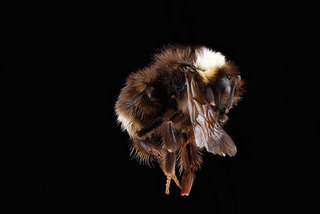
© Copyright source/photographer
· 9
Bombus occidentalis, -side 2012-07-26-16.30.28 |
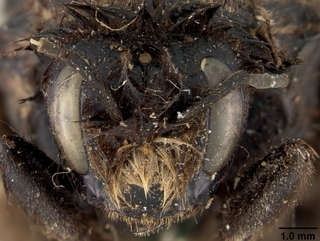
Smithsonian Institution, Entomology Department · 9
Bombus occidentalis, female, face |
|
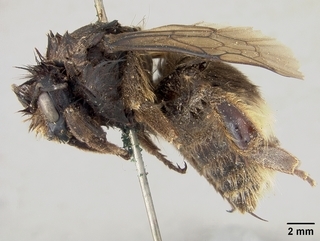
Smithsonian Institution, Entomology Department · 9
Bombus occidentalis, female, side |
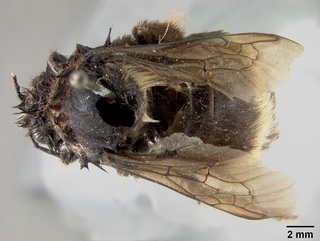
Smithsonian Institution, Entomology Department · 9
Bombus occidentalis, female, top |
|
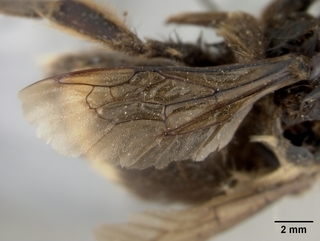
Smithsonian Institution, Entomology Department · 9
Bombus occidentalis, female, wing |
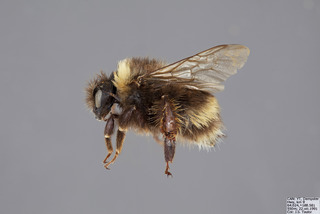
© Copyright Laurence Packer 2014
· 7
Bombus occidentalis FEM mm -x f |
|
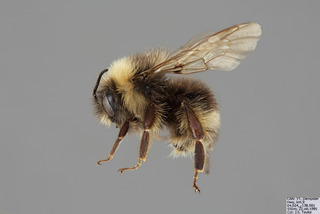
© Copyright Laurence Packer 2014
· 7
Bombus occidentalis MALE mm -x f |
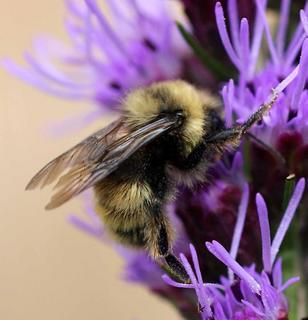
Diane Wilson · 5
Bombus occidentalis, Diane Wilson |
|
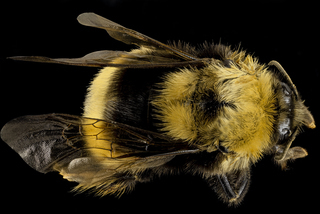
© Copyright source/photographer
· 5
Bombus occidentalis, F, Back, Utah Co., Utah |
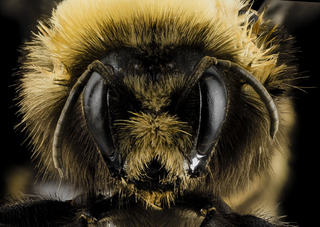
© Copyright source/photographer
· 5
Bombus occidentalis, F, Face, Utah Co., Utah |
|
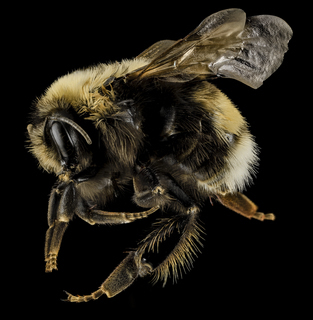
© Copyright source/photographer
· 5
Bombus occidentalis, F, Side, Utah Co., Utah |
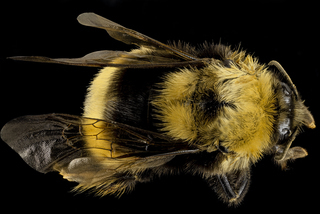
© Copyright source/photographer
· 5
Bombus occidentalis, F, Back, Utah Co., Utah |
|
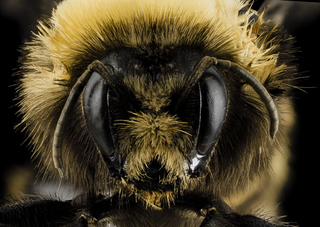
© Copyright source/photographer
· 5
Bombus occidentalis, F, Face, Utah Co., Utah |
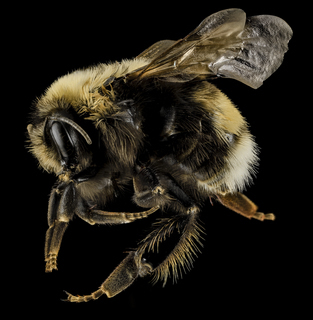
© Copyright source/photographer
· 5
Bombus occidentalis, F, Side, Utah Co., Utah |
|
Overview | |
Extracted from Jonathan Koch, James Strange,Paul Williams.2012. Bumble Bees of the Western United States. A product of the U.S. Forest Service and the Pollinator Partnership
with funding from the National Fish and Wildlife Foundation Western bumble bee Status: Rare throughout much of its range; in decline but may
be locally common Select food plant genera: Melilotus, Cirsium, Trifolium,
Centaurea, Chrysothamnus, Eriogonum Tongue Length: Short Distribution: Historically from the Pacific coast to the Colorado
Rocky Mountains; severe population decline west of the SierraCascade
Crest, but populations are known from the Great Basin,
the Rocky Mountains and Alaska; several subspecies have been
suggested Can be confused with B. crotchii, B. mixtus, and B. terricola Thorax anterior to black band between wing
bases yellow, scutellum black or yellow, T1
black, T2 and T3 black or yellow, T4 often
white at least apicolaterally, T5 white, face
round. Mid leg basitarsus with the distal posterior
corner rounded. Cheek length slightly
shorter than width. Hair of the face and top
of head predominately black with yellow
sometimes intermixed. On the side of the
thorax, the lower anterior surface with
predominantly black hair, sometimes with
yellow intermixed, corbicular fringes red.
Hair length medium and even.
|
|
|
Kinds | |
Extracted from Wallace E. LaBerge and Morgan C. Webb. (1962). The Bumblebees of Nebraska (Hymenoptera, Apidae, Bombinae). University of Nebraska College of Agriculture. This wCSlcrn species has been collectcd only l\vite in thc north· weSlern corner of the state. There is extensive color varicHion in /301l1b1lS orriricnlafis which is nOl described fully here; Slcphcn (1957) should be consulted for a complete description with diagrams. Females: Head hairs chiefl y black with some while or yellow sur· rounding antennal fossac and on ven ex: thorax wilh sides wi th hil irs black excepl on and surrounding posterior pronolal lobes, dorsum pale ycllow to yellow anteriorly, with broild inleralar band of black, scu· tcll um elltirely yellow or black mediobasally; tergum I wilh pile black; tergum 2 with pile mostly black, often yellow along apical margin; tergum 3 Wilh pile pale lemon-yellow to brownish yellow; lcrgum 4 \'lith pilc black in Nebraska specimcns, often entirely while or white apicall y; Lerga 5 and fi with pile white to pale yellow; leg hairs black excepl corbicular fringe somewhat rufesfent; malar space aboul as long as broad ncar apex or slightly shoner: ocelli placed on supraorbital line. Males: Head hairs black cxcepl ci ypeus, facc surrounding anlennal fossae and vcn ex wilh at least some palc hairs; thorax with sides with hairs pale anteriorly and black posteriorly, dorsum yellow anteriorly with interalar band of black, scutellum yellow; lergUtn 1 with pile black, terg:l 2 and 3 with pile cinereolls to brownish yellow (Orlen black at base of tergum 2); tergum 'I black: tergum 5 cincreous or while, occasionally cnlircly black: terg" 6 and 7 cinereous; Icg hairs chiefl y black bUl of len coxae, trochanters and lowcr surfaces of femora yellow and fringe of long hairs on tibiae ru [csccn l; libiae with outer surfaces bare and impunclate; malar space aboul as long as broad; compound eycs not swollen; ocelli placed on or slightly above supbt· od)ital line; firsl fl agell ar segmenl subequ'al to third and slighLly longer lhan second.
|
|
|
Identification |
Extracted from Bumble Bees and Cuckoo Bumble Bees of California by Thorp, R. (1983).
Discussion. B. occidentalis is most closely related to B. Jranklini and can be distinguished from it by the characters mentioned under that species.
Franklin (1913) considered B. nigroscutatus as a subspecies of B. occidentalis* based principally on California specimens, but included individual vari-ants from the Rocky Mountains which had similar coloring. Stephen (1957) redefined the subspecies, limiting it to coastal California populations. Although populations from the San Francisco Bay region are distinctively colored (except when com-pared to specimens from the San Francisco Moun-tains of northern Arizona), there is such a broad zone of intergradation from Mendocino County northward that recognition of this color form as a subspecies is unwarranted. Indeed, Milliron (1971) went so far as to place B. nigroscutatus and Jranklini in synonymy with occidentalis and then reduced occidentalis to subspecific status under B. terricokt Kirby. Since the area of sympatry is the eastern slopes of the Rocky Mountains, we cannot resolve the question here. However, Stephen (1957) found no intergradation between them in British Colum¬bia, and Hobbs (1968) found them distinct in southern Alberta, where they coexist Since these
data fit with the few specimens we have seen from the area of sympalry, we prefer to treat occidentalis as a species distinct from terricola.
Color variation in B. occidentals is extensive (Figs. 113, 140). There is a broad area of gradation from the nigroscutatus form near San Francisco to the occidentalis pattern in northern and eastern Cal¬ifornia. The only apparent general trend in this highly polychromatic species is for the appearance of increasing amounts of yellow hair in populations from north to south in the Rocky Mountains, the Cascade-Sierra Nevada, and the North Coast Ranges of California.
The biology of B. occidentalis is discussed by Hobbs (1968). We have taken nests of this species in the San Francisco Bay area and in Humboldt County. All were underground except for one beneath a house in San Francisco, where the bees entered through a hole in the basement door and crossed over the dirt floor for about 3 m, under an old refrigerator to an old comforter, behind which the nest was established in the cotton stuffing. Hobbs (1968) identified invading females of all three species of Psithyrus (suckkyL 17; insularis, 6; and fernaldae, 1) in nests of 8. occidentalis, and at least one nest produced adult progeny of P. suck¬leyL
|
|
|
Names | |
|
|
| Supported by | |
Updated: 2024-04-19 11:04:06 gmt
|